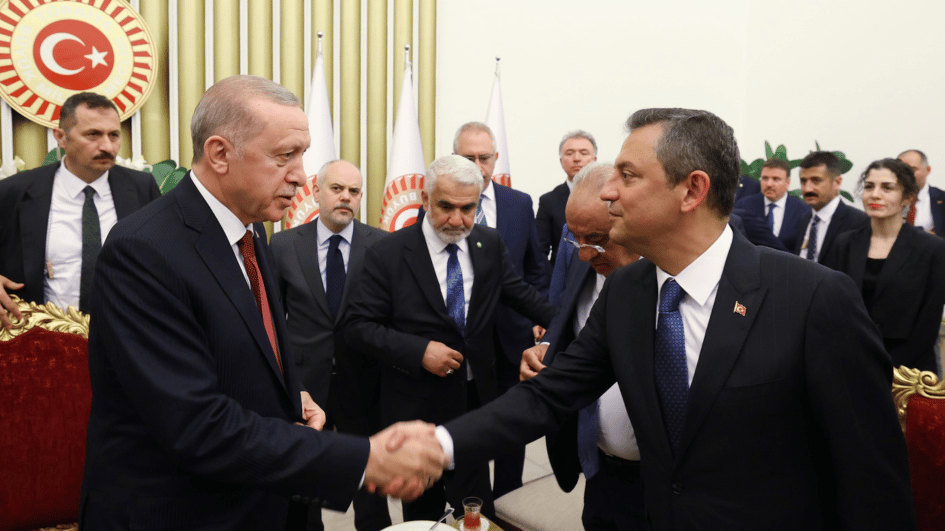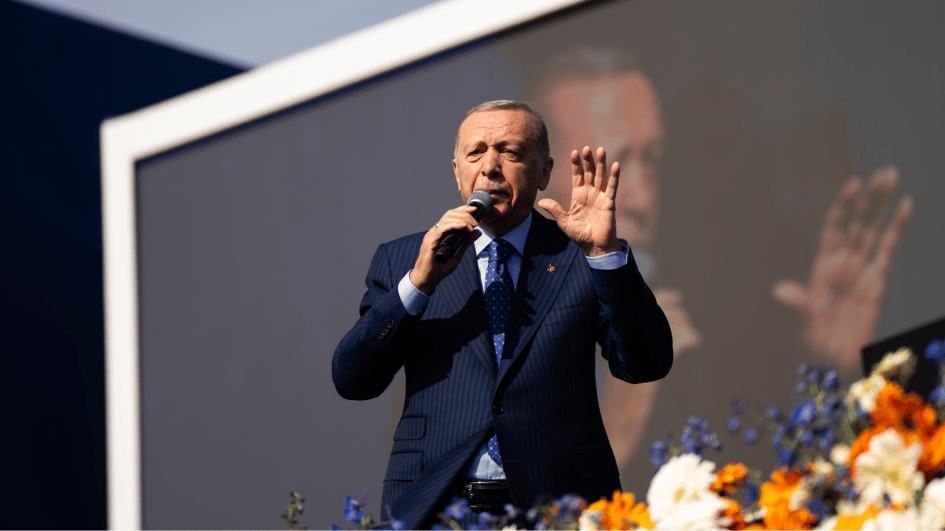Even 3.2 percent growth looks tough for Turkey
The government has lowered this year’s growth target to 3.2 percent, but even this figure now looks hard to reach. Many analysts predict that after studying the production and sales figures of the July-August period, at the end of the year a growth figure of 2.5–3 percent will be reached.
August’s industrial production data was revealed at the beginning of the week. Seasonally adjusted industrial production shrank by 4.9 percent in July, then grew 2.2 percent in August. Retail sales figures, meanwhile, were horizontal in August after shrinking 2.8 percent in July. We can see that data on production and consumption, after the decline in July, was not able to fully recover in August. Analysts have also studied the preliminary September data and it is fair to say they have no hope left for the third quarter of the year.
After industrial production is seasonally adjusted, growth that was 2.5 percent over the first two quarters of 2016 slowed to 1.4 percent in July and August. This shrinkage was spread to all manufacturing industry items except for nondurable goods.
During the same period, the Central Bank adopted a loose monetary policy, but the credit growth figure, freed of the exchange rate impact, nevertheless declined to 10 percent levels.
Economists share the opinion that besides the production weakness in July and August, the shrinkage in the tourism and industrial sectors, as well as the low course of commercial loans, has set the picture. Looking at retail sales and automobile sales, it looks like consumption halted in the third quarter.
Economists believe that recent supportive monetary and fiscal policies will create a stir in the last quarter of the year, but they predict growth of only between 2.5 and 3 percent at the end of the year.
No story left for Turkey
Slowing growth rate estimates are an indication that Turkey, which looked economically successful up to now, has no story left. Bank executives who participated in IMF-World Bank annual meetings openly say they have observed this situation.
Despite unevenness, Turkey used to attract attention with its high growth figures. It was able to attract much-needed foreign investors. Now it is difficult for it to draw foreign investors in the coming period.
On the contrary, the perception of Turkey abroad has been destroyed by recent political developments, the image that it is distancing from democracy, the steady decline in institutional capacity with expulsions from public institutions, and the extension of the state of emergency.
That is why, following the recent Moody’s decision, it is expected that the only agency that still has Turkey at the investable country rating will lower its rating.
Let’s not forget that all these negative developments are coinciding with a period when the expectation for a rate hike by the U.S. Federal Reserve in December is strong.
For all these reasons, the Turkish Lira is among the currencies that has lost the most in the recent period. The lira is seen as the world’s most vulnerable currency for the coming term, along with the South African rand.
In short, it looks like the foreseeable future will be quite tough for the Turkish economy.
After industrial production is seasonally adjusted, growth that was 2.5 percent over the first two quarters of 2016 slowed to 1.4 percent in July and August. This shrinkage was spread to all manufacturing industry items except for nondurable goods.
During the same period, the Central Bank adopted a loose monetary policy, but the credit growth figure, freed of the exchange rate impact, nevertheless declined to 10 percent levels.
Economists share the opinion that besides the production weakness in July and August, the shrinkage in the tourism and industrial sectors, as well as the low course of commercial loans, has set the picture. Looking at retail sales and automobile sales, it looks like consumption halted in the third quarter.
Economists believe that recent supportive monetary and fiscal policies will create a stir in the last quarter of the year, but they predict growth of only between 2.5 and 3 percent at the end of the year.
No story left for Turkey
Slowing growth rate estimates are an indication that Turkey, which looked economically successful up to now, has no story left. Bank executives who participated in IMF-World Bank annual meetings openly say they have observed this situation.
Despite unevenness, Turkey used to attract attention with its high growth figures. It was able to attract much-needed foreign investors. Now it is difficult for it to draw foreign investors in the coming period.
On the contrary, the perception of Turkey abroad has been destroyed by recent political developments, the image that it is distancing from democracy, the steady decline in institutional capacity with expulsions from public institutions, and the extension of the state of emergency.
That is why, following the recent Moody’s decision, it is expected that the only agency that still has Turkey at the investable country rating will lower its rating.
Let’s not forget that all these negative developments are coinciding with a period when the expectation for a rate hike by the U.S. Federal Reserve in December is strong.
For all these reasons, the Turkish Lira is among the currencies that has lost the most in the recent period. The lira is seen as the world’s most vulnerable currency for the coming term, along with the South African rand.
In short, it looks like the foreseeable future will be quite tough for the Turkish economy.











